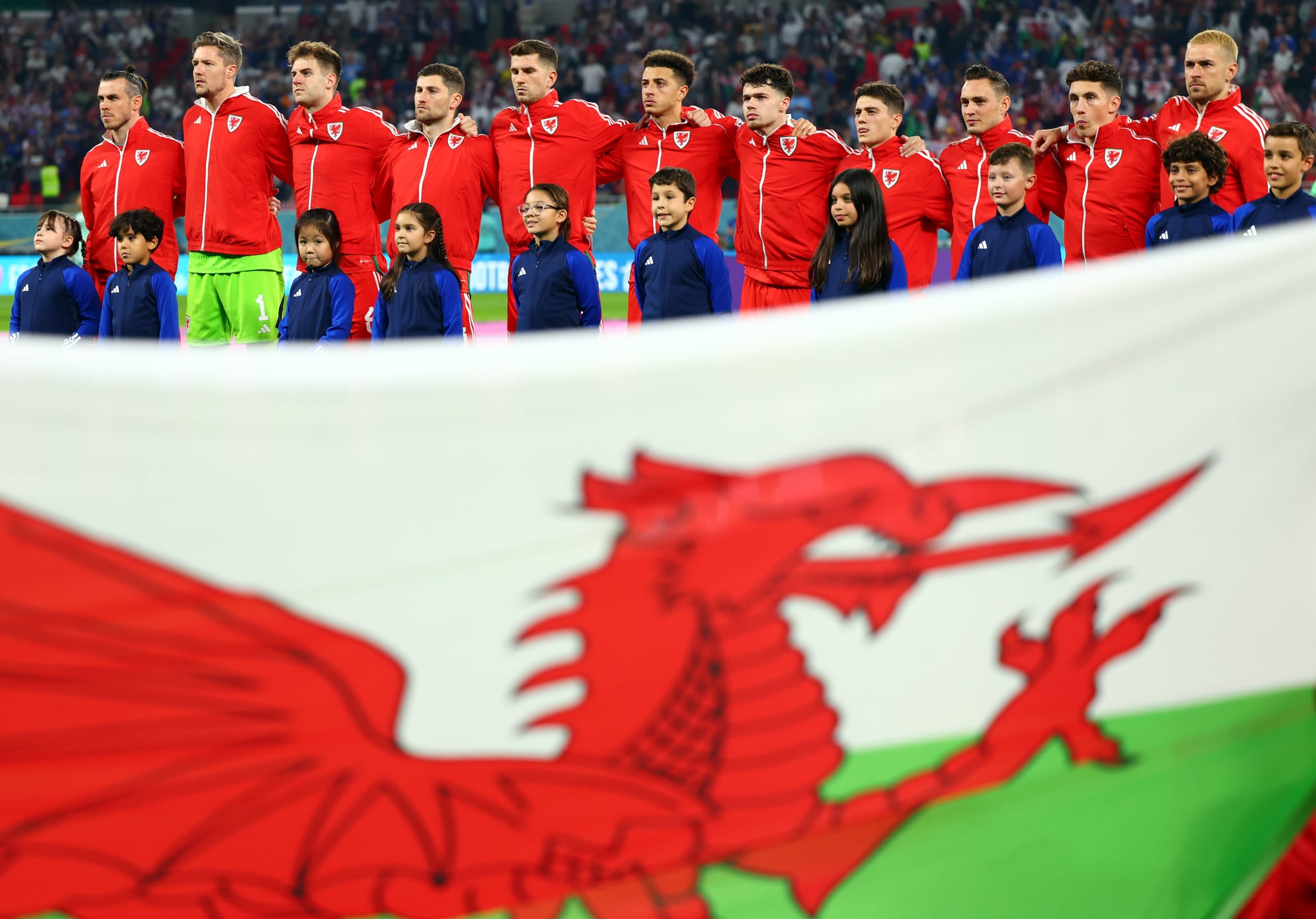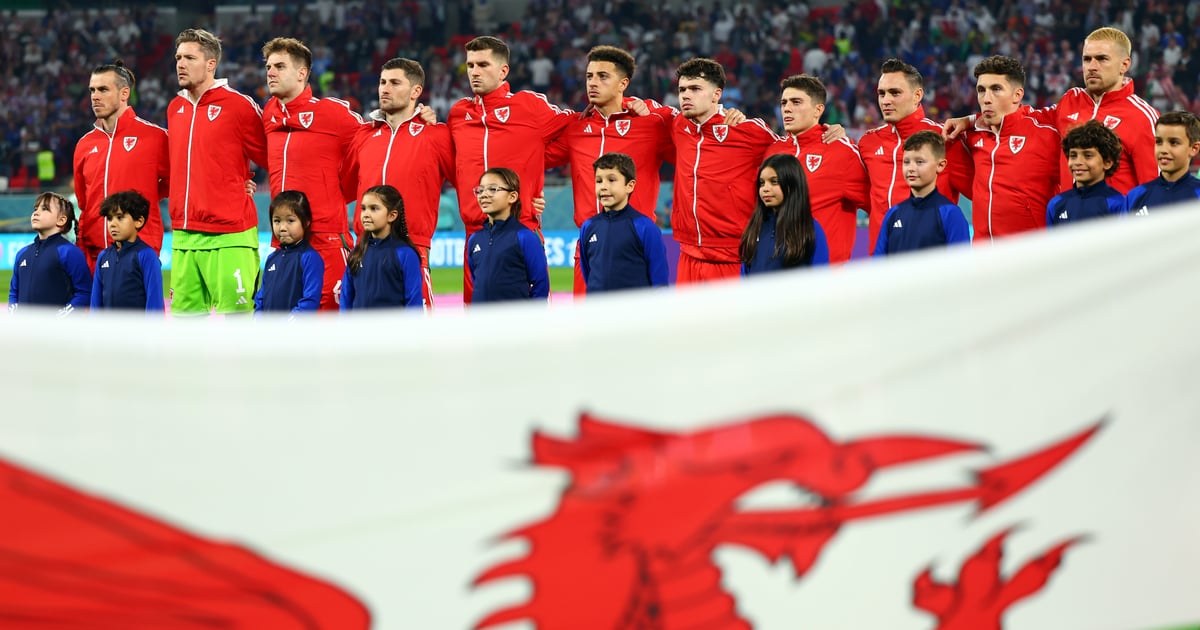
If you’ve ever watched the pregame ceremonies of a soccer match, you’ve probably noticed a cute detail: the players always step onto the field held by children, who are themselves dressed like an adorable little team. It’s a longstanding tradition that’s rarely explained at international tournaments like the World Cup – so if you’re curious about history, you’ve come to the right place.
The kids who walk out with the players are called “player companions” or “mascot kids” and have been part of the game of football for well over 20 years. One of the earliest photos of children running as mascots was published in the Liverpool Echo after a game in November 1996 between Liverpool and Everton. From about 2000, the practice began as it is today: one escort for each player, rather than just one or two per team.
Early on, the practice of having children accompany players also served to raise awareness for charitable causes. Ahead of the 2002 FIFA World Cup, FIFA and UNICEF jointly launched a program called Say Yes to Children, which aims to “promote and protect the right of all children to healthy recreation and a quality primary education,” according to a UNICEF press release back then. The statement continued: “Children have a prominent role to play in every game, accompanying each player onto the pitch in a symbolic action to remind football fans that they have an important role to play in building a child-friendly world.”
Since 2002, McDonald’s has been the official sponsor of the mascot program at World and European Championships, offering an offer to parents and children a chance to enter a sweepstakes to win one of those coveted spots. In 2014, McDonald’s reportedly sent 1,400 children from 70 different countries to Brazil for the World Cup abc news.
In other cases, however, being a mascot can be as easy as paying the price tag. A 2018 investigation by The Guardian revealed that a large number of Premier League teams often charge between £150 and £600 when accompanying children at a game. The “mascot packages” often include more than just a spot as a mascot – children also receive gear, autographs or other gifts – but the practice has been criticized for excluding children from less affluent backgrounds.
At its best, however, this cute tradition allows young fans to share a special moment with their favorite players and reminds audiences that football (or any other sport) is about more than the result of the game.
